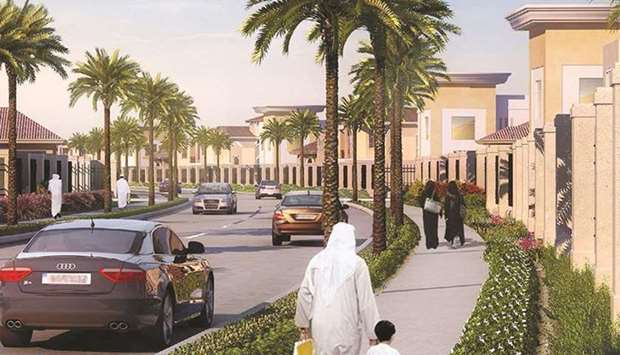Building permits data is of particular importance as it is considered an indicator for the performance of the construction sector, which in turn occupies a significant position in the national economy.
The release of this monthly data follows co-operation between the Ministry of Development Planning and Statistics and the Ministry of Municipality and Environment to make use of the existing electronic link between the two ministries and intends to give a brief overview of the nature of the monthly permits in terms of their geographical distribution (according to the municipalities) and types of these permits (buildings, additions, fencing) as well as details about categories of the different types of buildings, whether they are residential or non-residential.
As per the data, during the month of June this year, 124 building permits were issued in Rayyan Municipality. This is 30% of the total permits issued during the month. Doha municipality came in second place with 92 permits (22%), followed by the municipality of Al Da'ayen with 71 permits (17%), and Al Wakrah with 49 permits (12%) .
The rest of the municipalities were as follows: Al Khor 28 permits (7%), Al Sheehaniya 22 permits (5%), Umm Slal 18 permits (4%), and Al Shamal 7 permits (2%).
In terms of type of permits issued, data indicates that the new building permits (residential and non-residential) constitute 55% (225 permits) of the total building permits issued during the month of June 2017, while the percentage of additions permits constituted 43% (175 permits), and fencing permits constituted 3% (11 permits).
In the residential buildings category, data shows that villas permits top the list, accounting for 49% (97 permits) of all new residential buildings permits, followed by dwellings of housing loans by 40% (80 permits) and apartments buildings 7% (14 permits).
On the other hand, commercial buildings were found to be in the forefront of non-residential building permits with 52% (14 permits), followed by industrial buildings such as workshops and factories with 19% (5 permits), governmental buildings with 15% (4 permits), then mosques with 7% (2 permits).

In the residential buildings category, data shows that villas permits top the list, accounting for 49% (97 permits) of all new residential buildings permits. Representative image
The Ministry of Development Planning and Statistics published the 30th issue of the monthly statistics of building permits issued by all municipalities in Qatar.


